A new themed heritage walk led by a young historian retraces a neighbourhood that, in its heyday, was the hotbed of performing arts
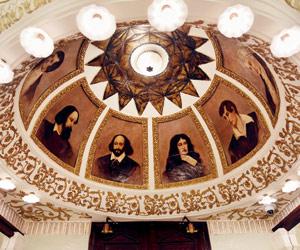
A new themed heritage walk led by a young historian retraces a neighbourhood that, in its heyday, was the hotbed of performing arts
Did you know that the Grant Road neighbourhood acted as an incubator for the performing arts in the 19th and early 20th centuries? That it housed several cinema and music halls that played host to the who's who of the era?
ADVERTISEMENT
If you want to learn more about how this little dot on Mumbai's map became a cultural hub, join Simin Patel of Bombaywalla Historical Works Pvt Ltd on their first walk, which is curiously titled Delicate Ground: The Opera House Walk, 1846-1917. "It gets its title from a play performed at one of the early theatres in Grant Road. We wanted to situate the Royal Opera House in the vibrant theatre world that developed in the area from 1846 onwards. The 'ground' theme also works well as there were several negotiations over the proposed sites for these theatres, as many of these lands were used as cemeteries," says Patel.
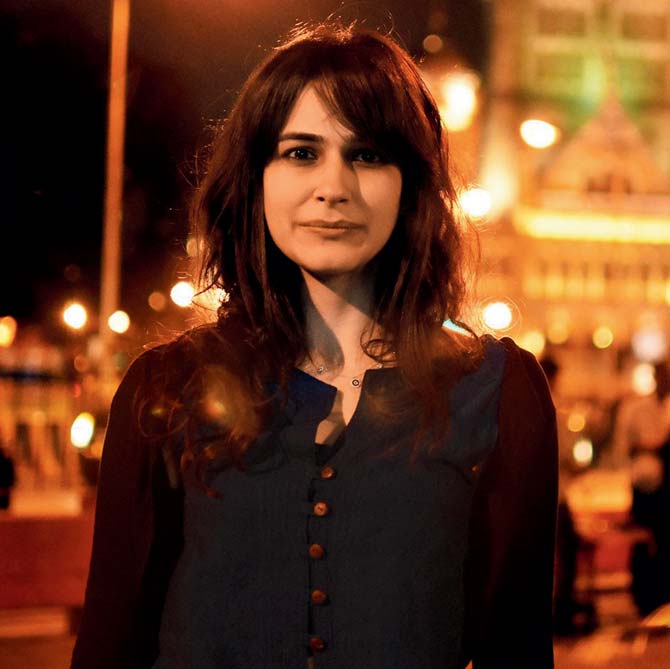
Simin Patel
The walk, held in association with Royal Opera House, will involve more than observing the structures from the outside. "The idea is to get people to engage with them. So, we will actually be stepping in wherever possible," says Patel.
A second walk that spans from 1910 to the 1950s will be held next weekend, tracing the Royal Opera House's progression to a full-fledged cinema. Here's a peek into what's in store.
ON: November 4, 9 am to 11.30 am (every Saturday through November)
MEETING POINT: Alfred Talkies, Grant Road East.
EMAIL: walks@bombaywalla.org
COST: Rs 750 (includes snacks and souvenir)
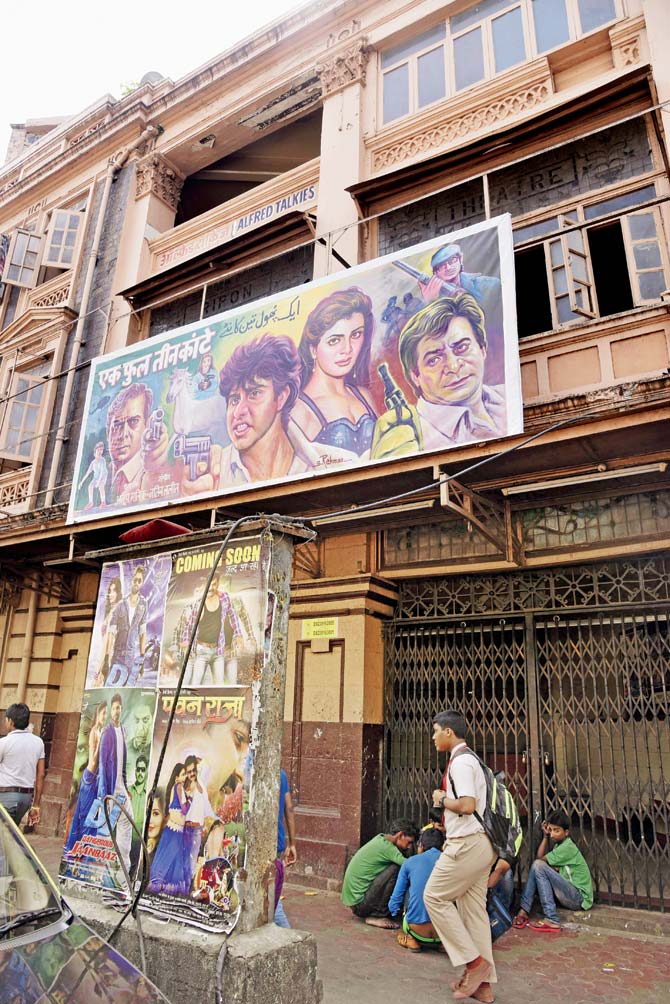
Alfred Talkies
Alfred Talkies (formerly Ripon Theatre) came up around the 1880s, a few decades after the emergence of the earliest theatres in the neighbourhood. "The older ones — Grant Road Theatre, Bombay Theatre and Theatre Royale — don't exist anymore. After introducing the walk at Alfred Talkies, we will walk down to Sandhurst Road. Here, we will discuss how the earliest cinema halls sprung up on this road in the 1910s," says Patel. She shares that Alfred Talkies managed to dodge the fate that befell many of its counterparts. "By the 1870s, the Fort area had developed, and big cinema halls like Gaiety had cropped up. Grant Road's theatres eventually couldn't keep up with the competition," she says.
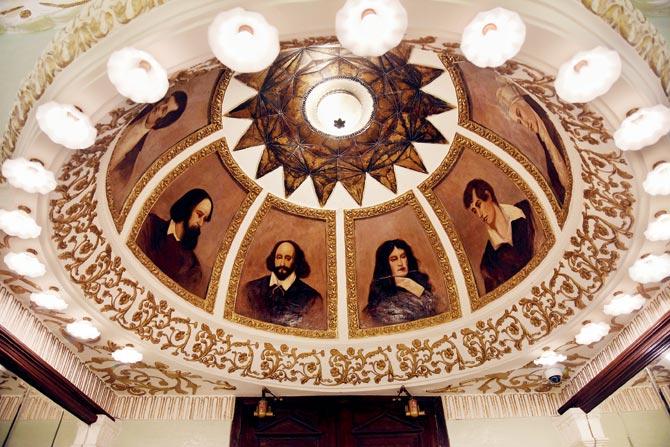
Royal Opera House
This structure and its relevance has been highlighted time and again, more so after it reopened in 2016, after being painstakingly restored. Patel will, thus, apart from giving a grand tour of the space, discuss the backgrounds and roles of the co-owners, Jehangir F Karaka and Maurice E Bandmann, and how they managed to promote the theatre as 'the theatre-de-luxe of the East'. This part of the walk will cover the period from 1911, when it was inaugurated, till 1917.
"Although it was opened to the public in 1911, the work on the building wasn't even complete. But Karaka and Bandmann wanted to get things moving. In the first few months after its opening, Royal Opera House showed what used to be called Kinemacolor [the first successful colour motion picture process] pictures. It's funny that plays and cultural performances, for which it was built, only began a year later," says Patel. In 1936, Royal Opera House was refurbished and started screening movies.
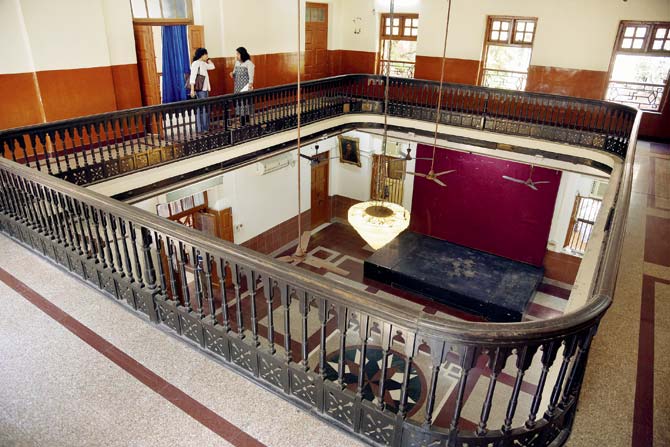
Laxmi Baug
The stately Laxmi Baug played host to many a mehfil in the early 20th century. In this part of the walk, Patel will talk about how in that period, Girgaum had become the hotbed of Hindustani classical music in Bombay. Patel shares that to understand the subject better, she drew from the works of tabla maestro and music scholar Aneesh Pradhan. "This was the time when people were fleeing the princely states and moving to colonial cities, including Bombay," she says, adding, "This included musicians from various gharanas, and somehow, all of them and their patrons converged in Girgaum." The guru-shishya parampara gave way to a tuition system, and musicians started holding ticketed concerts. Soon, a number of clubs, schools, circles and halls had mushroomed in the neighbourhood. Patel shares that the Bai Laxmibai Narayan Dabholkar Charity has granted permission to Bombaywalla tour participants to visit the premises of Laxmi Baug, where concerts are still staged occasionally.
 Subscribe today by clicking the link and stay updated with the latest news!" Click here!
Subscribe today by clicking the link and stay updated with the latest news!" Click here!







